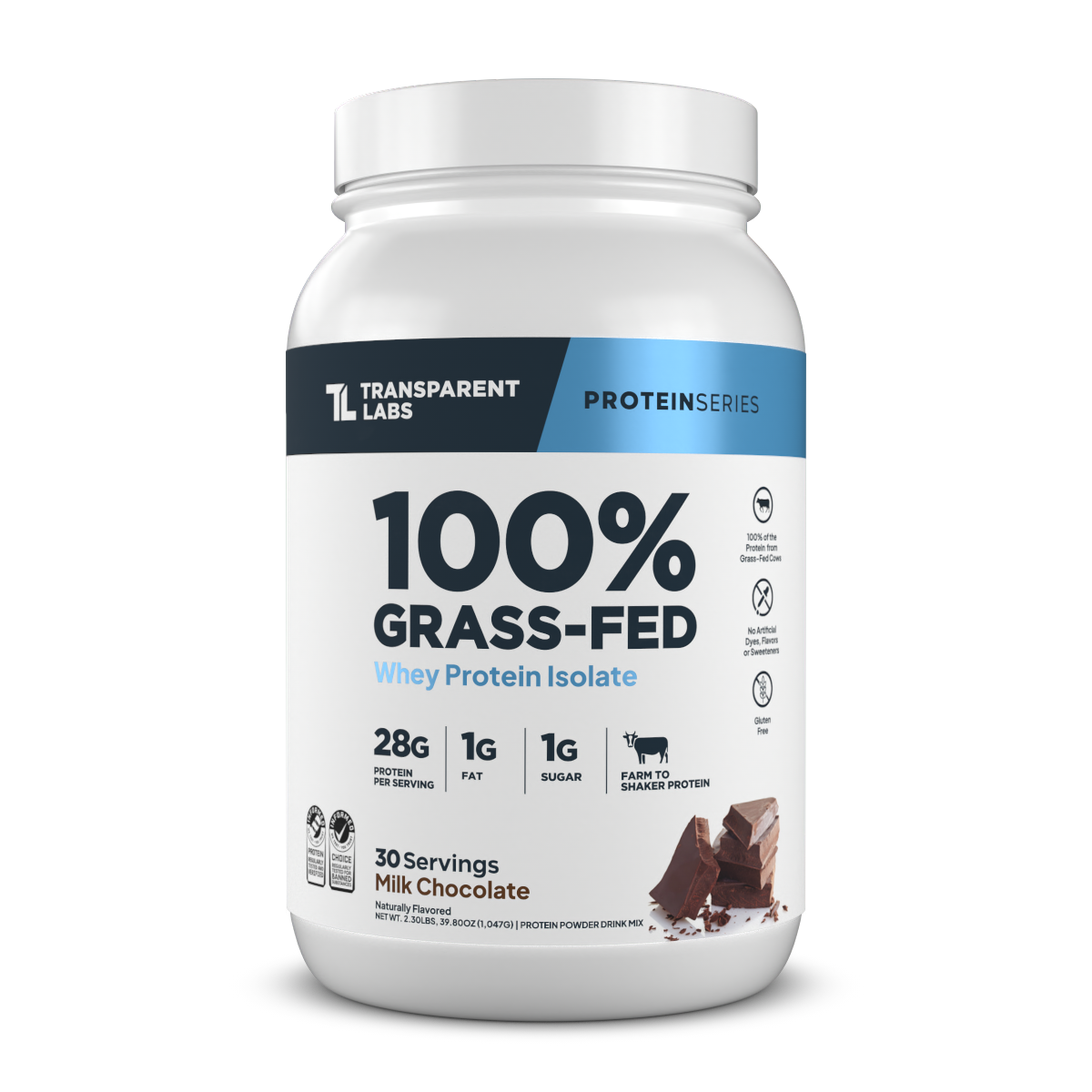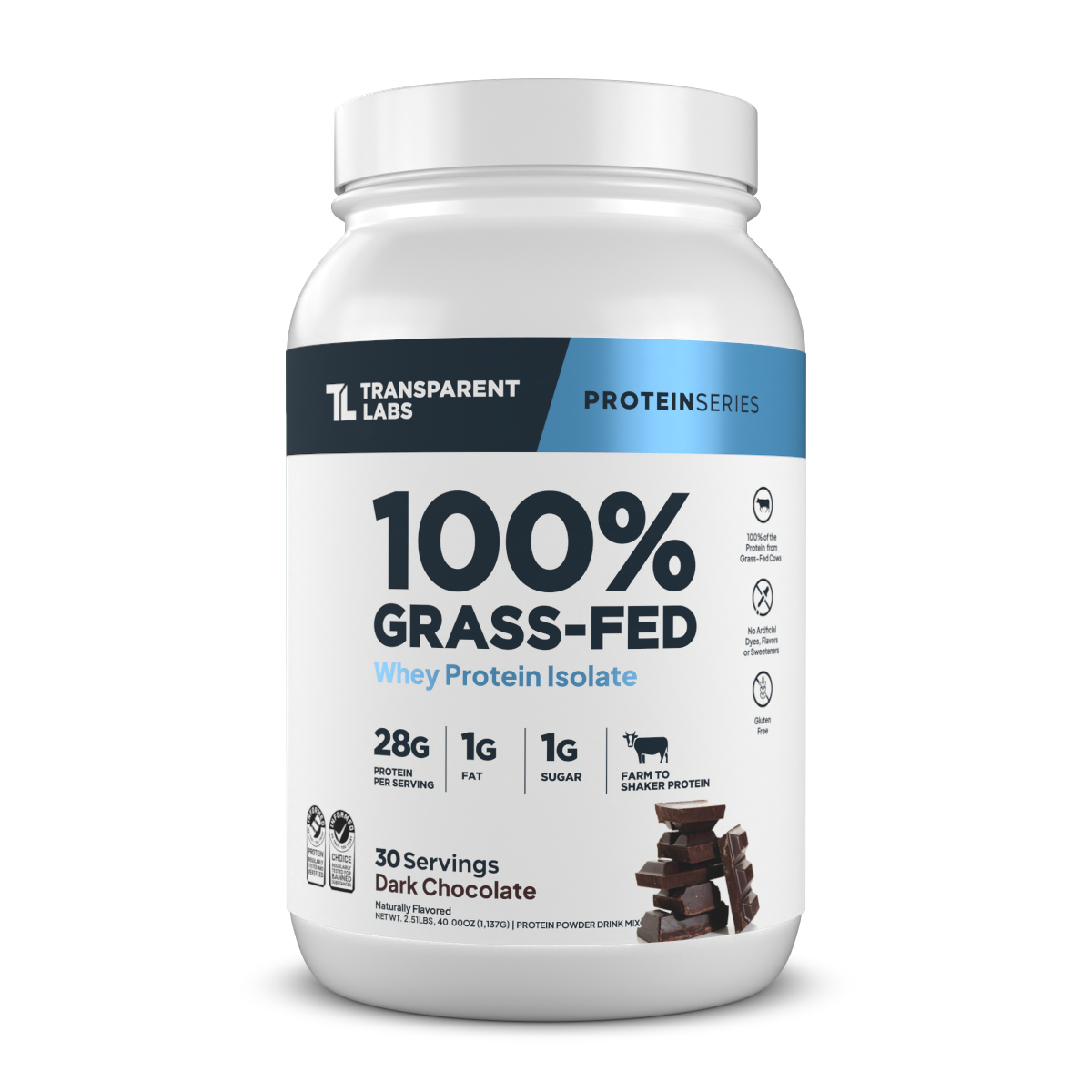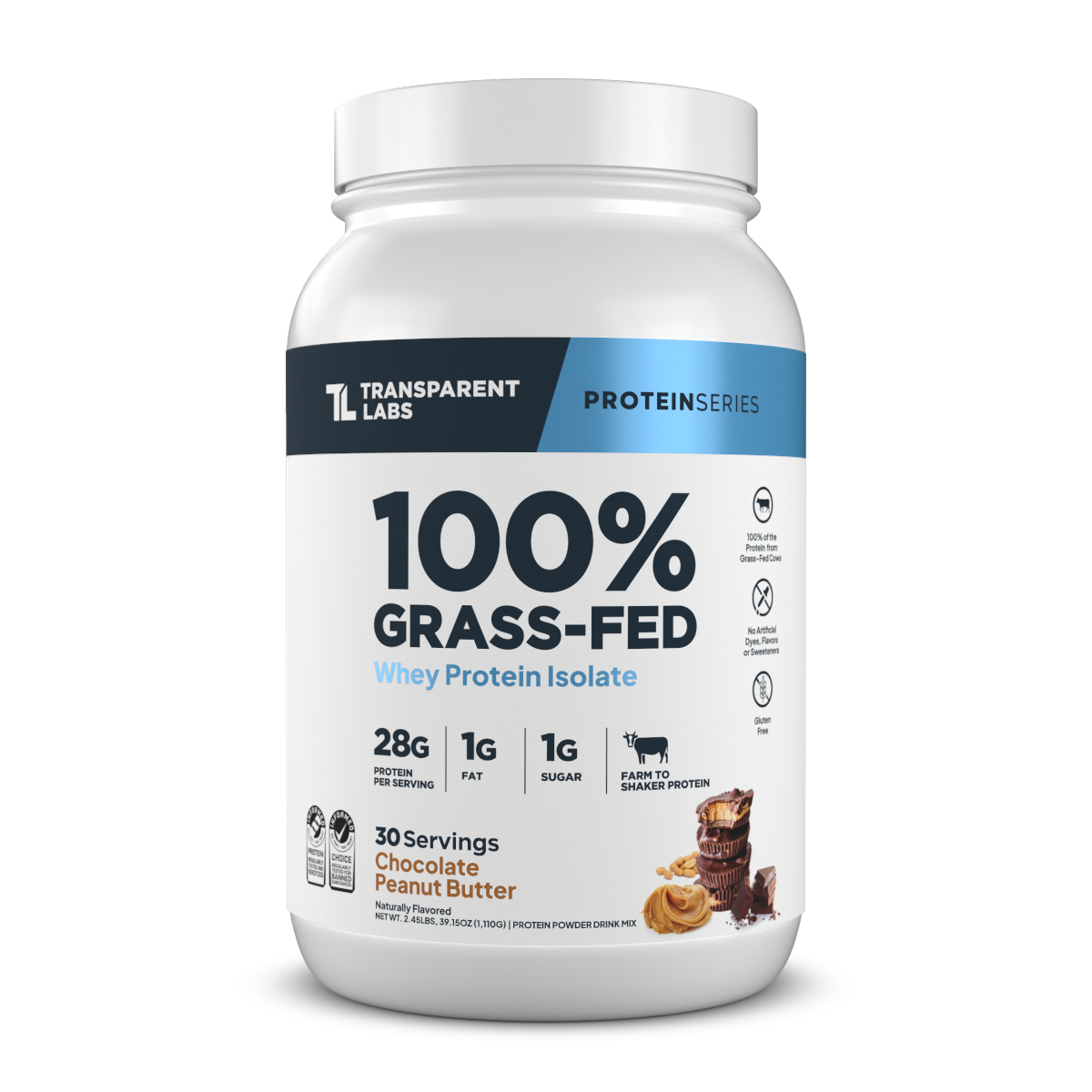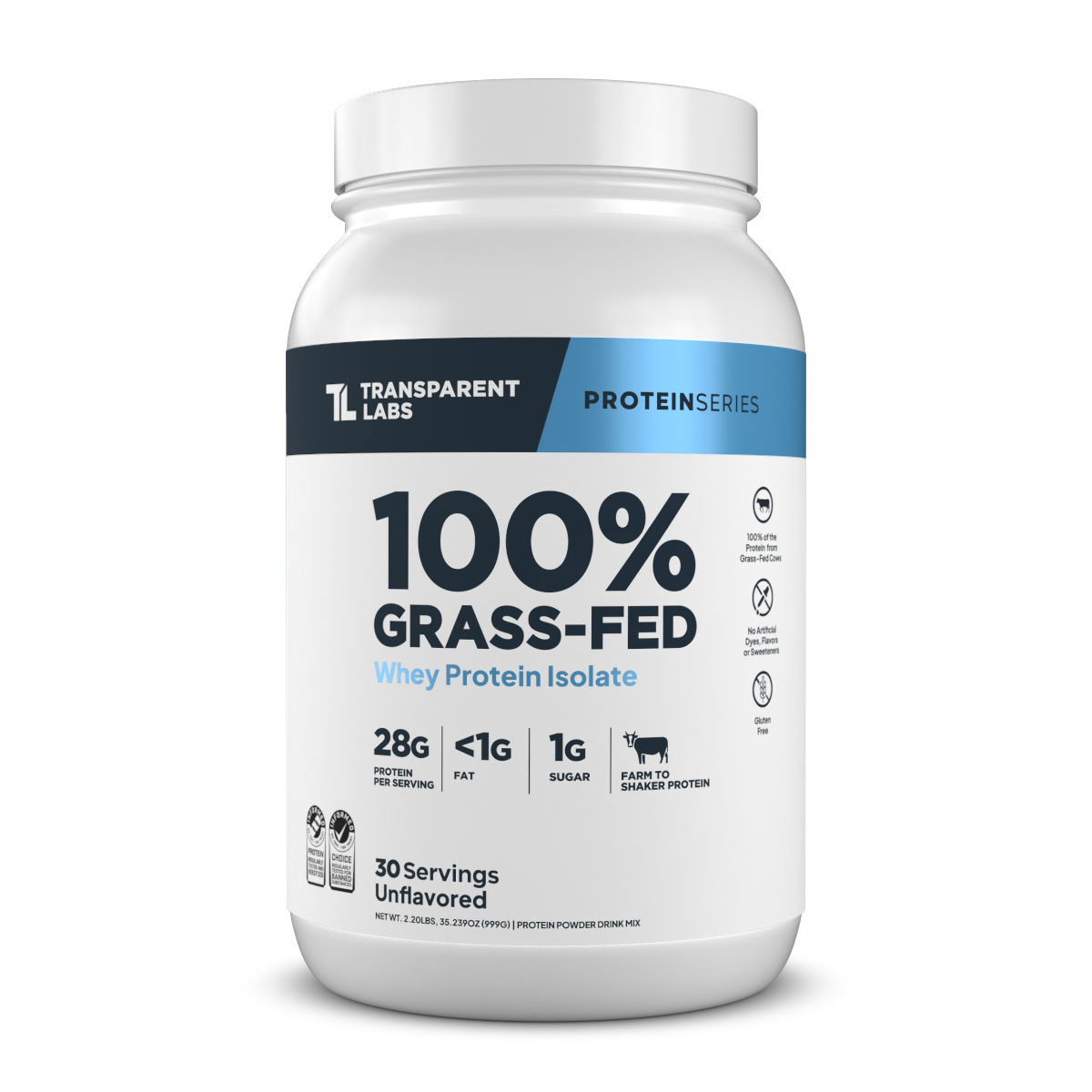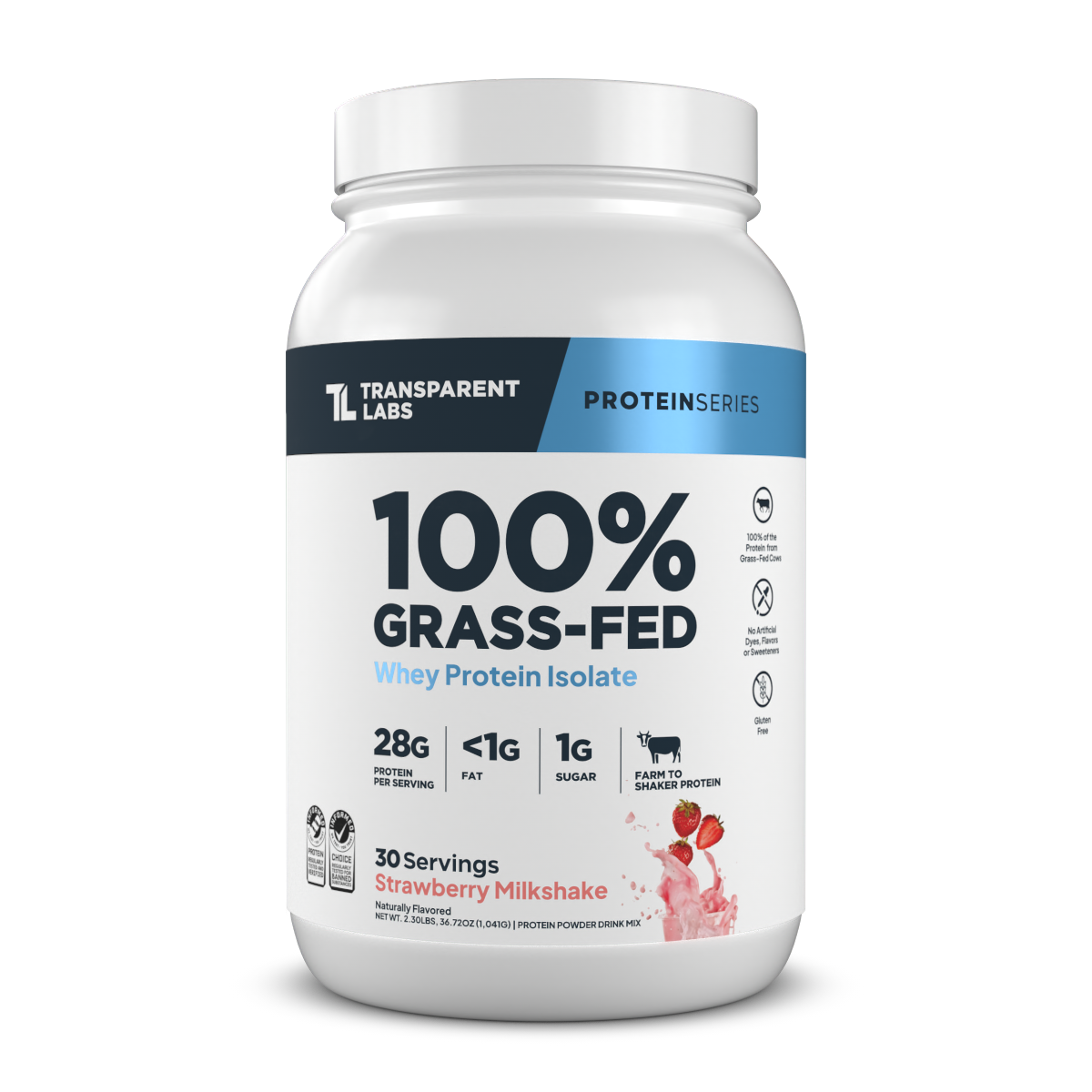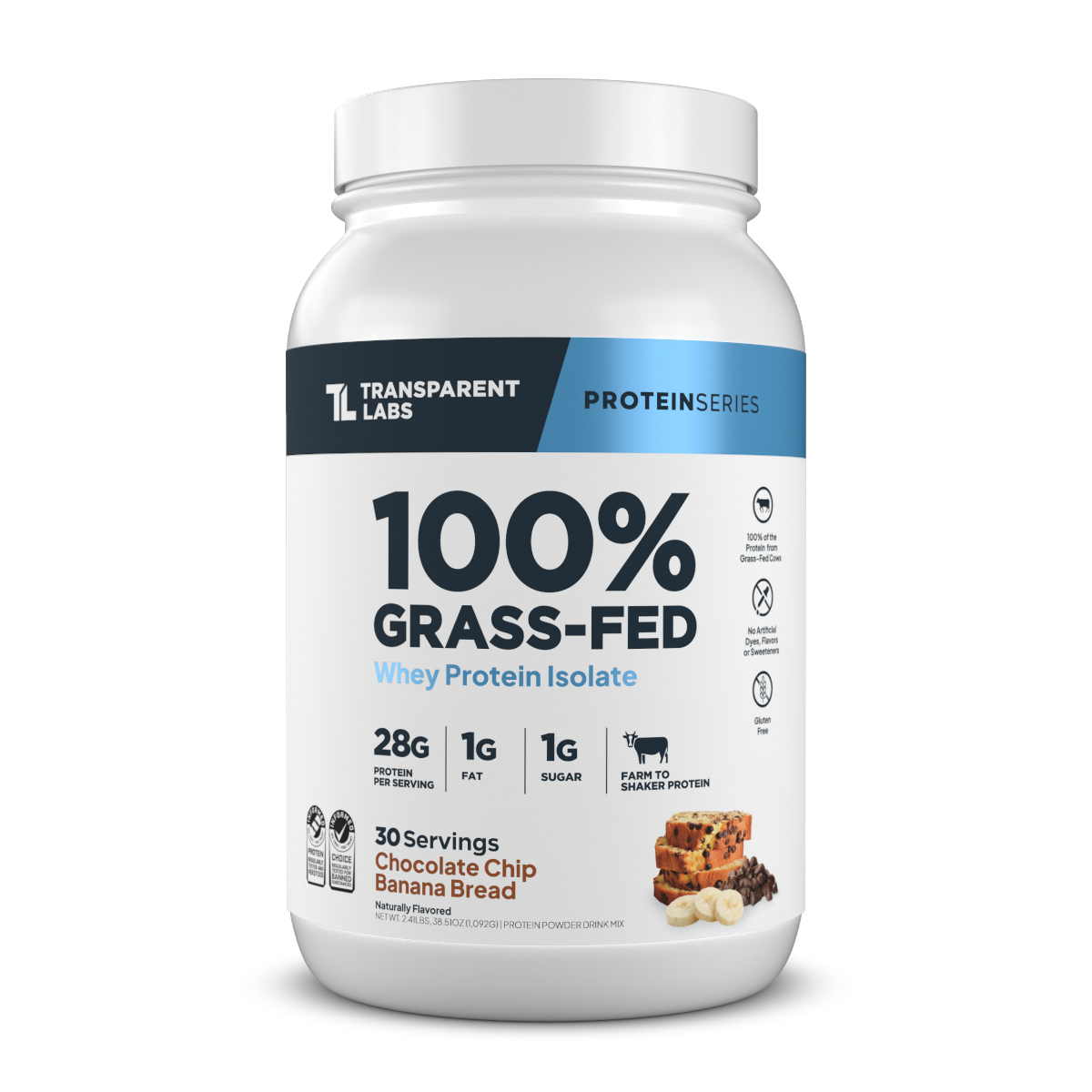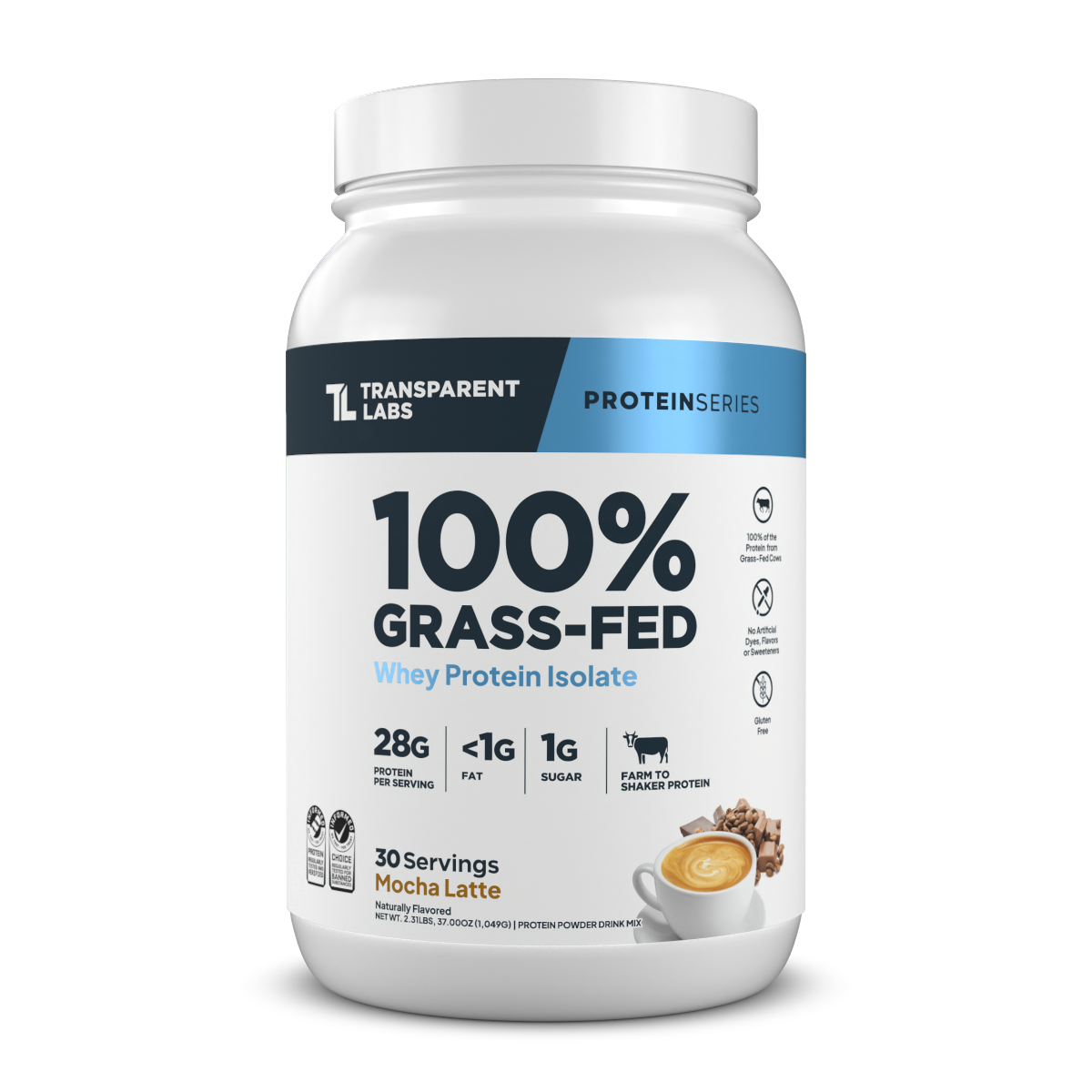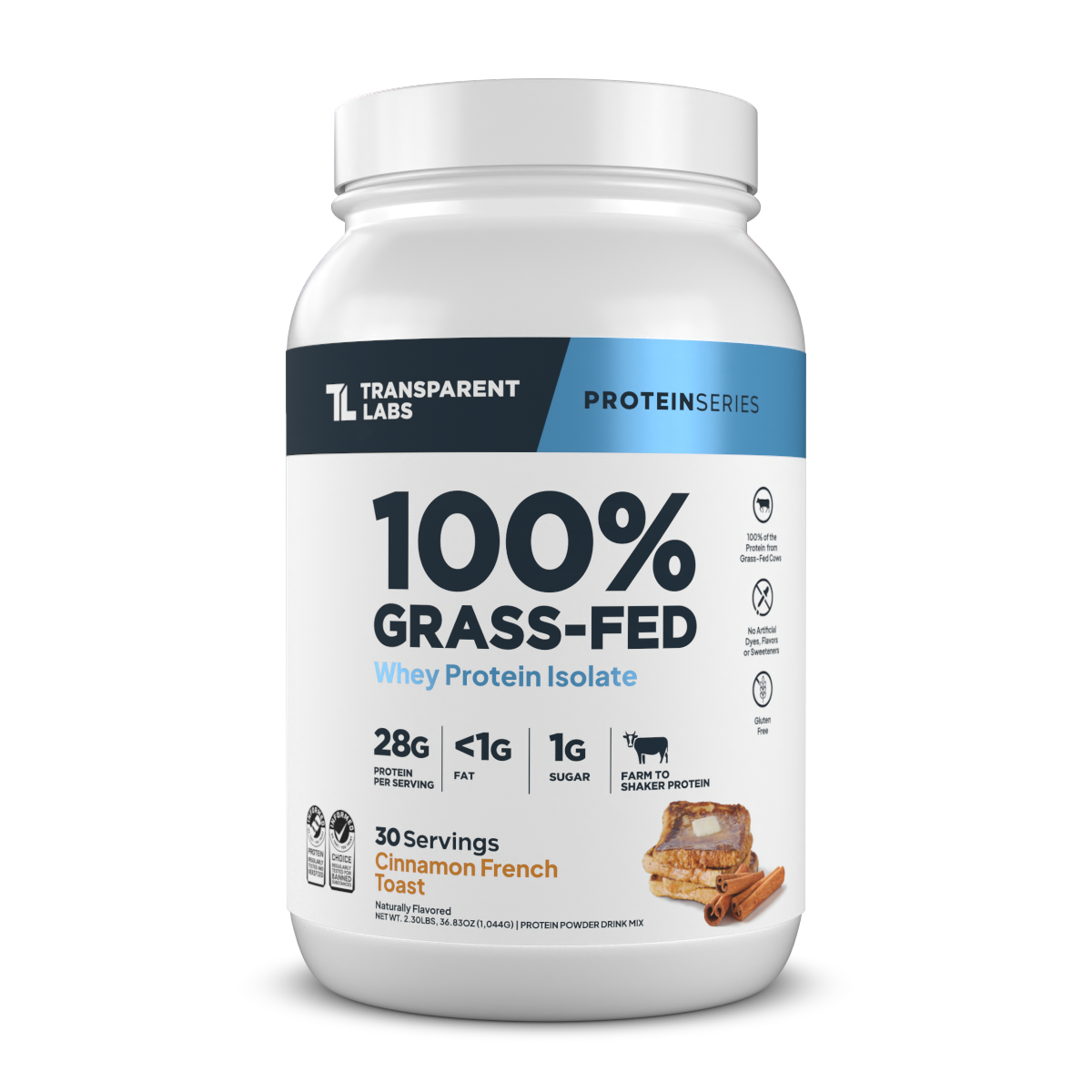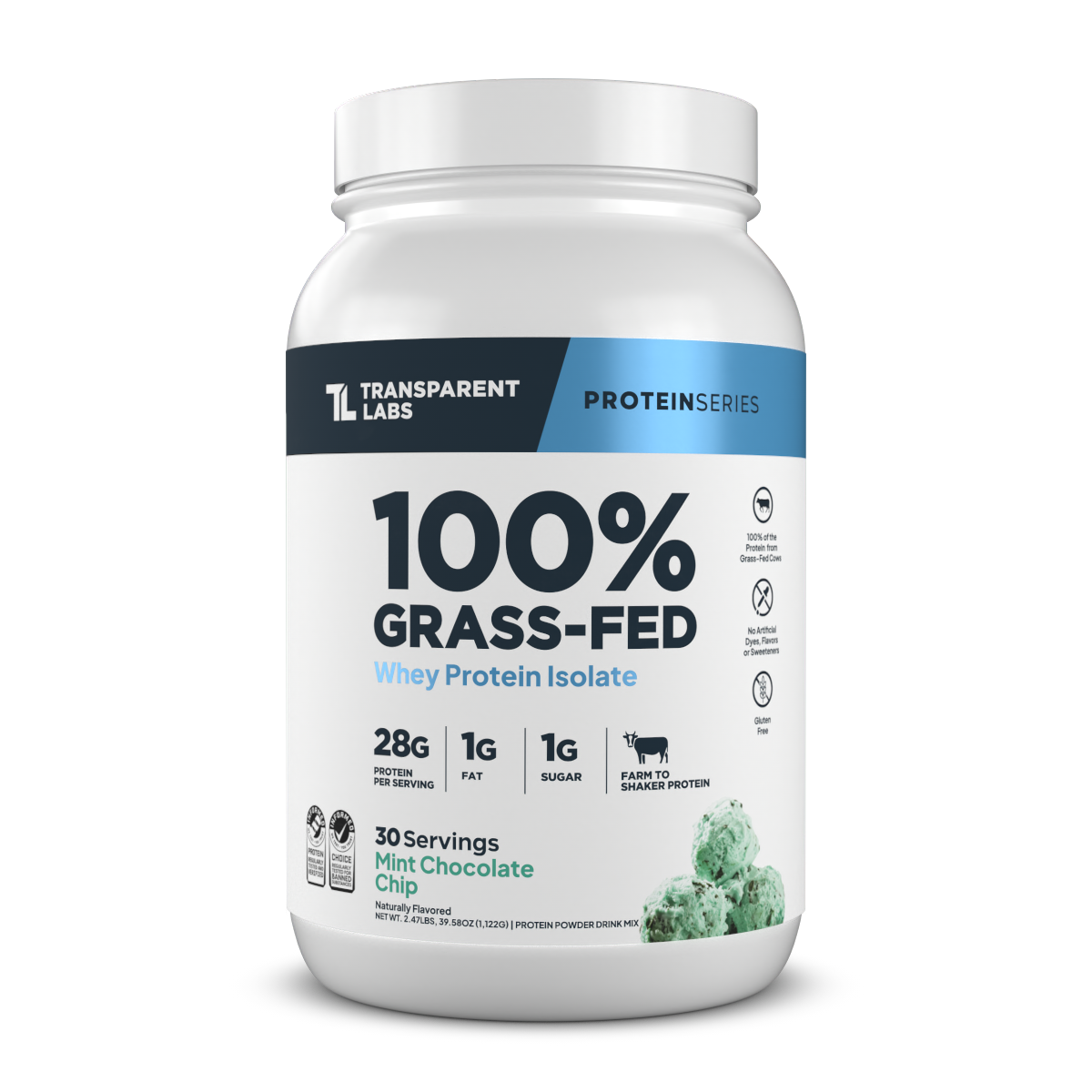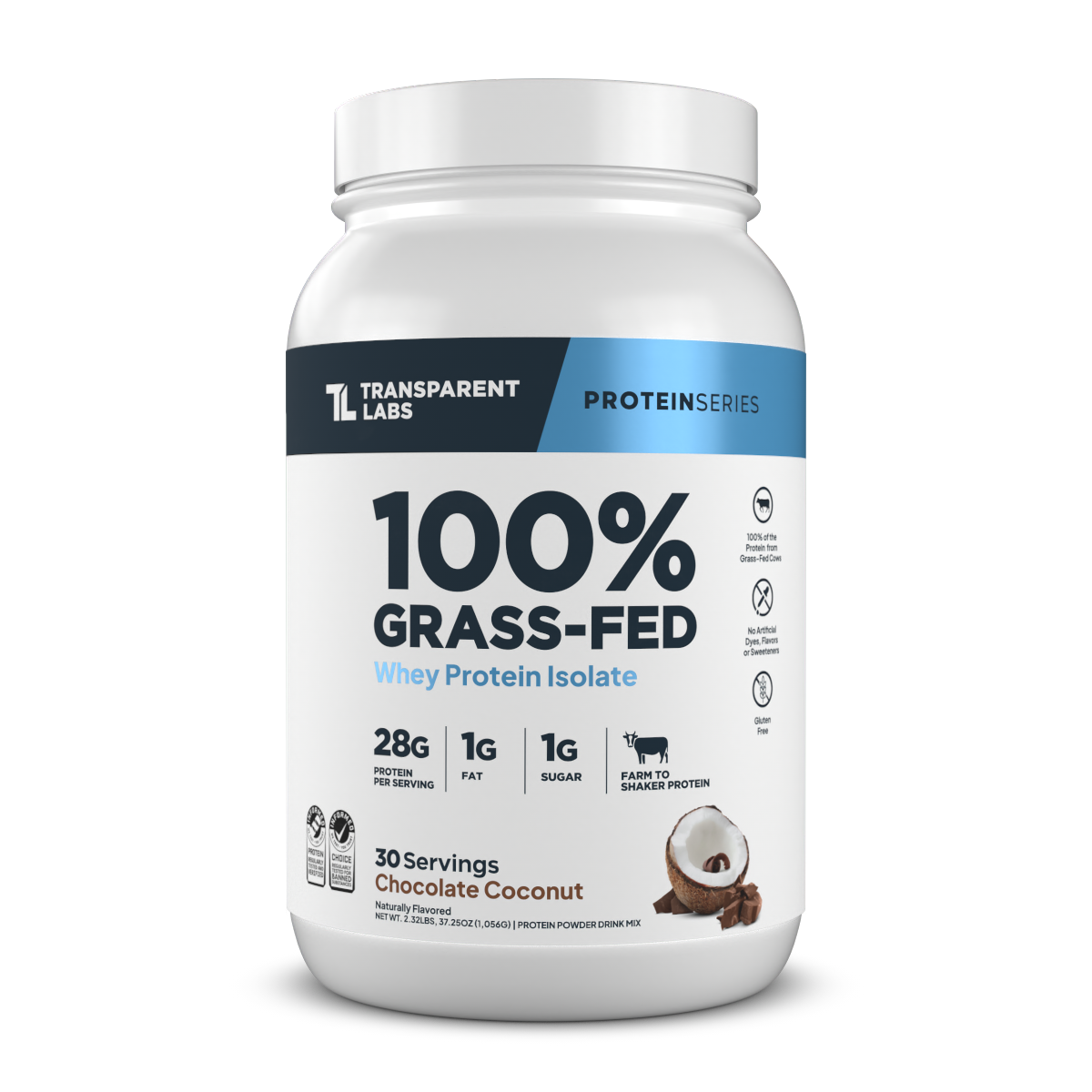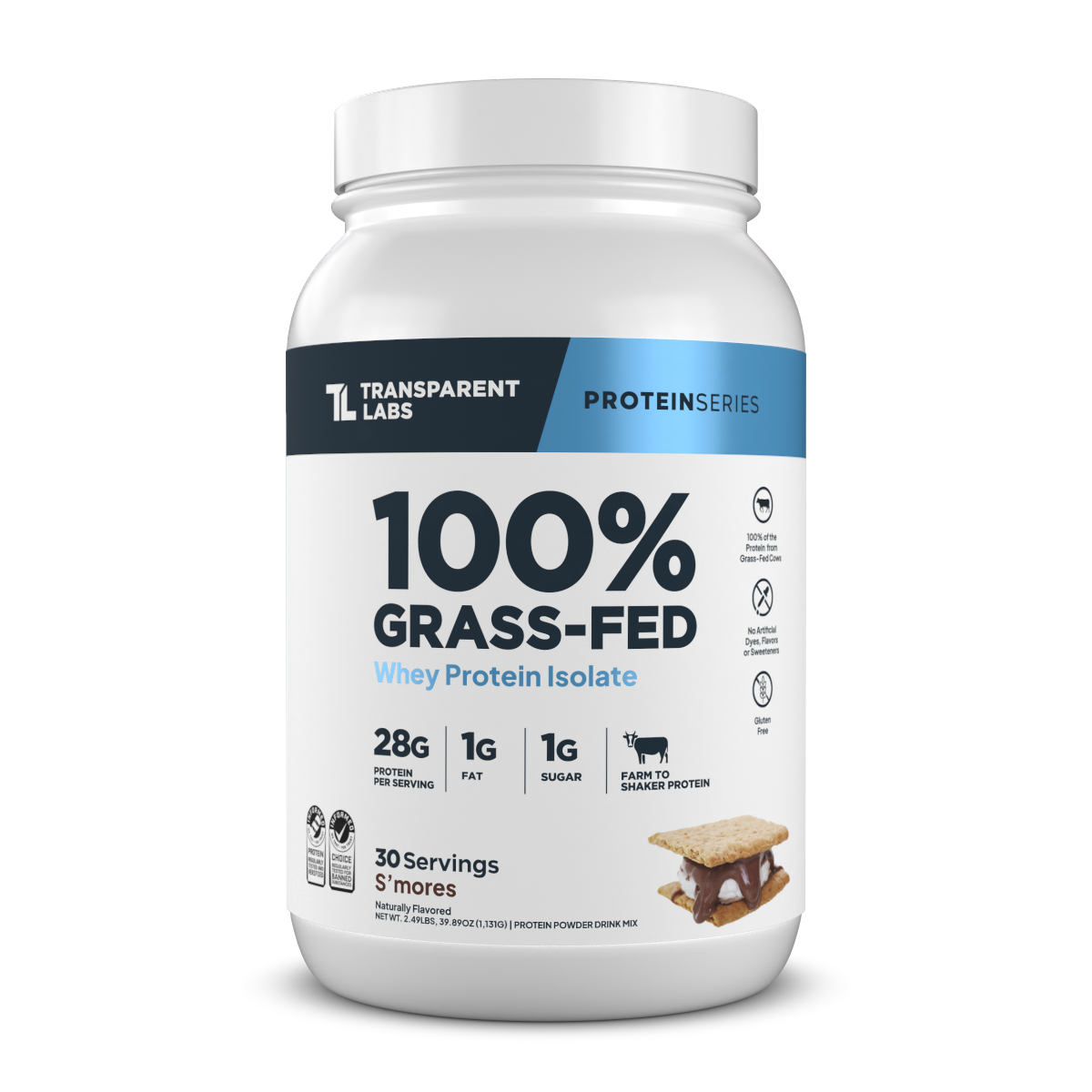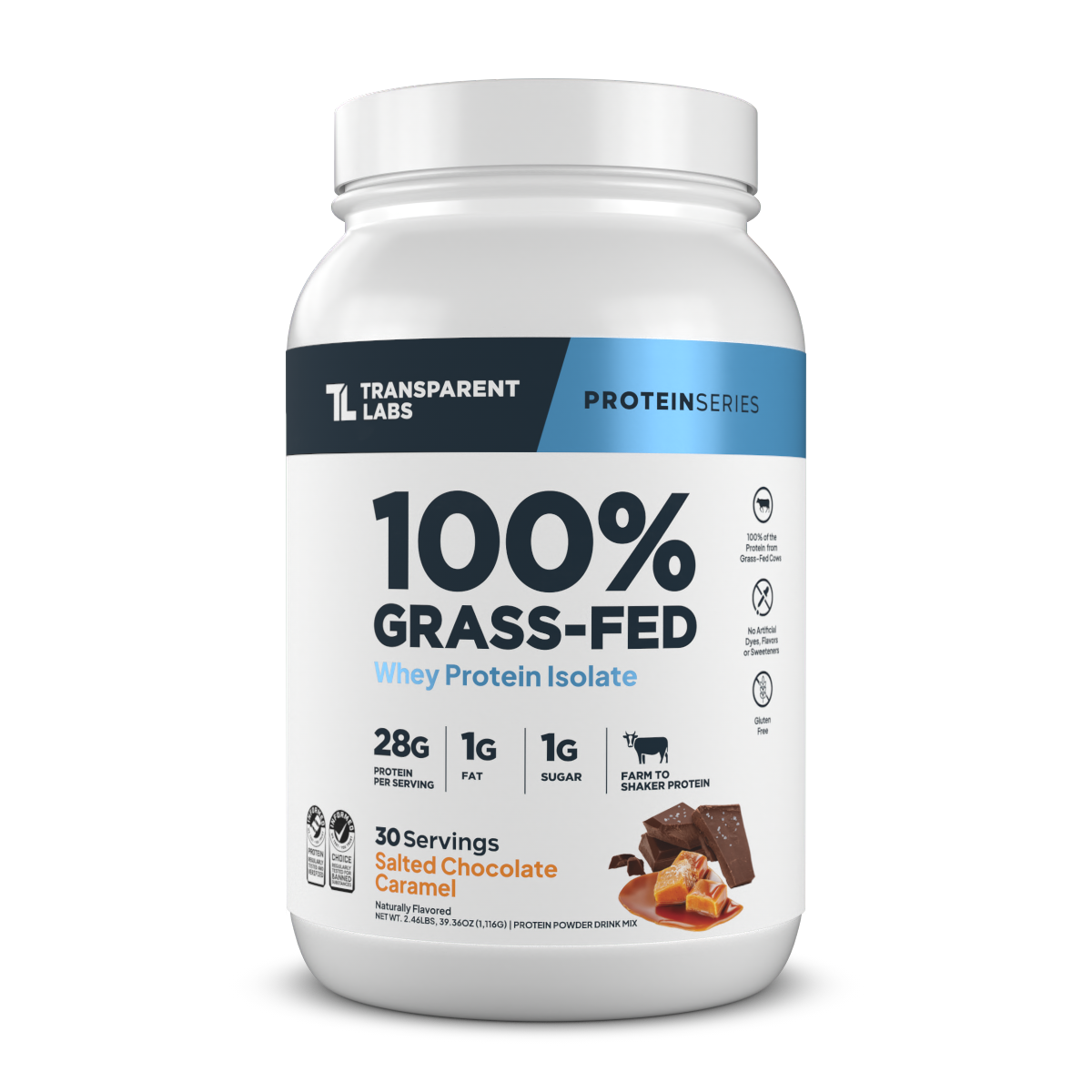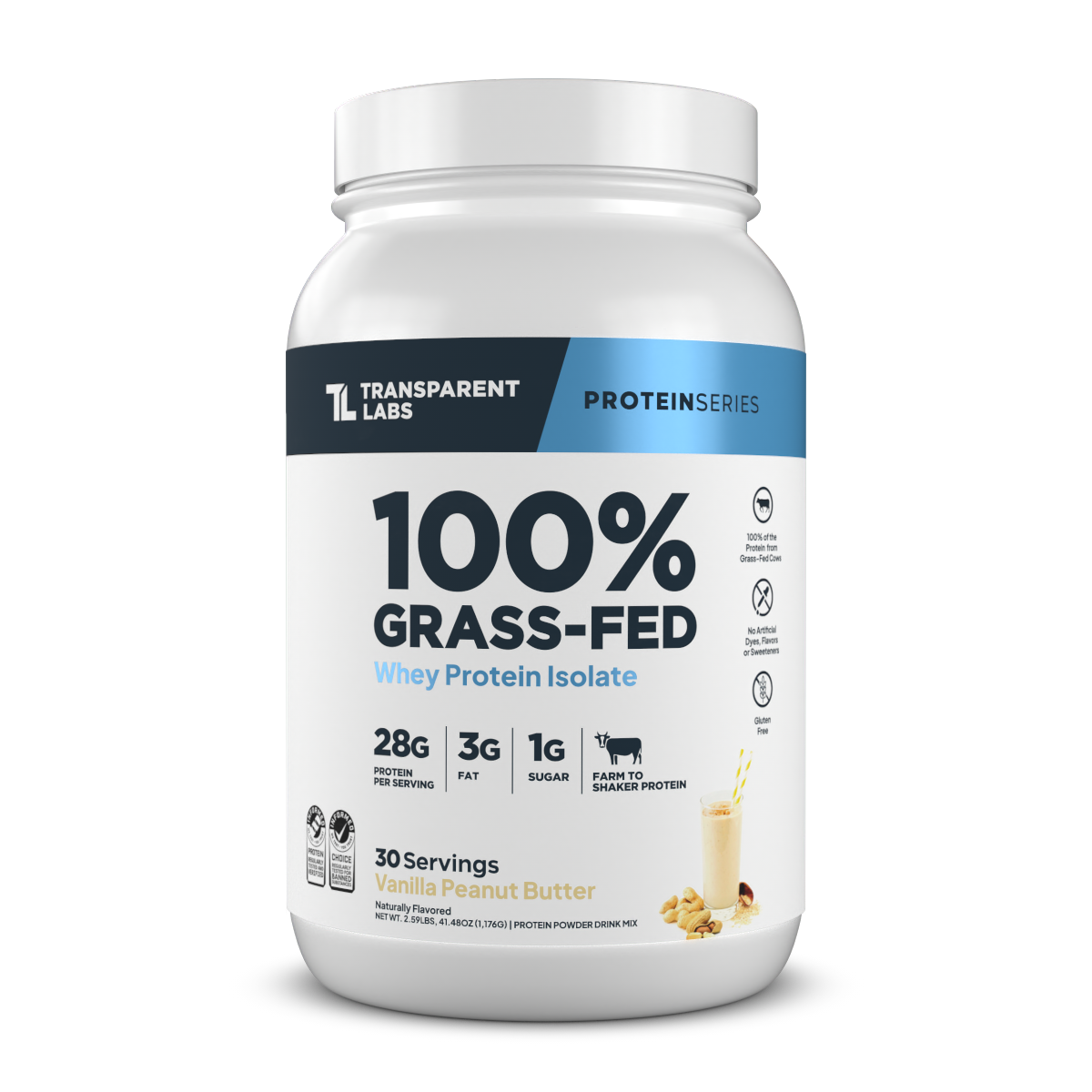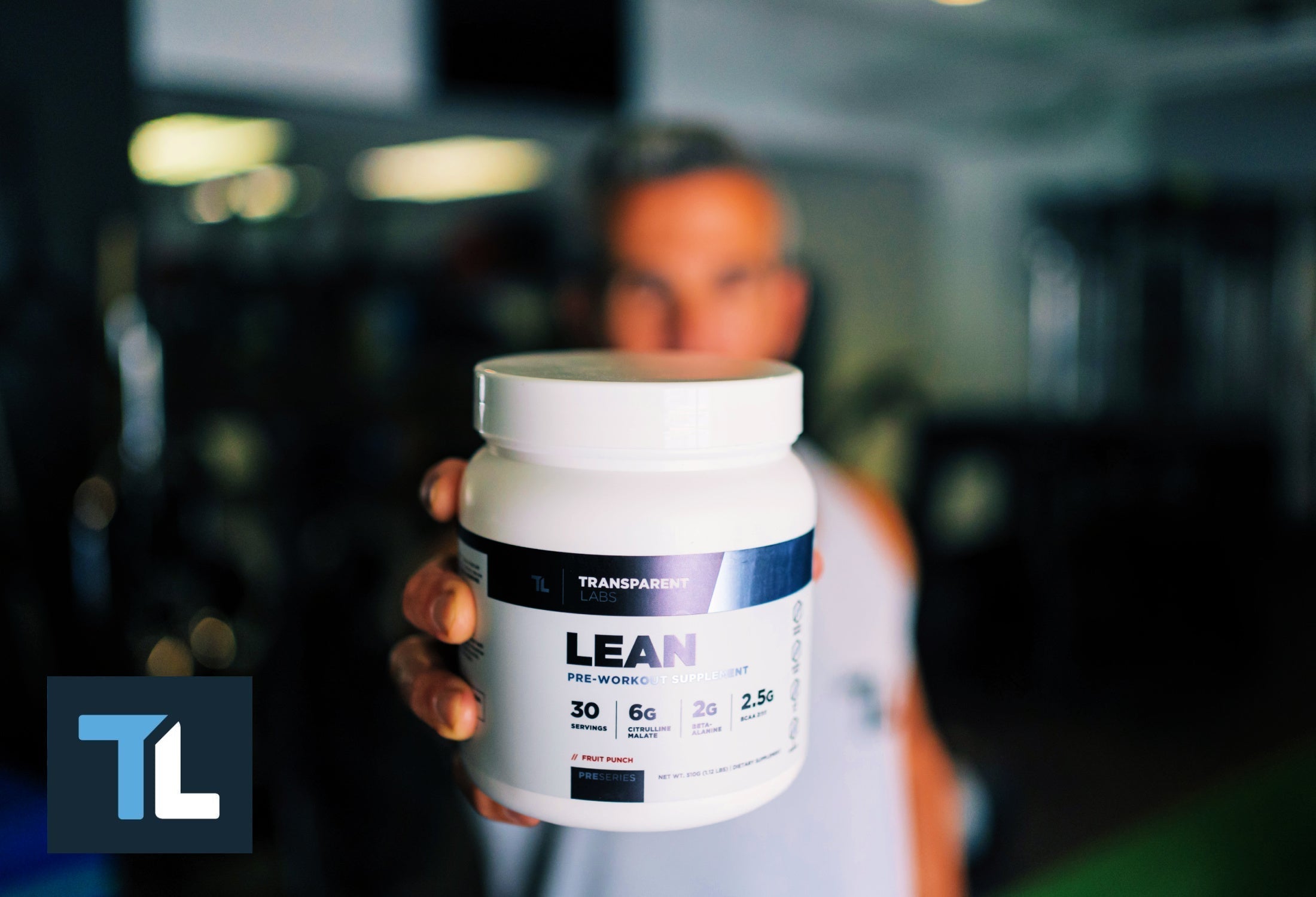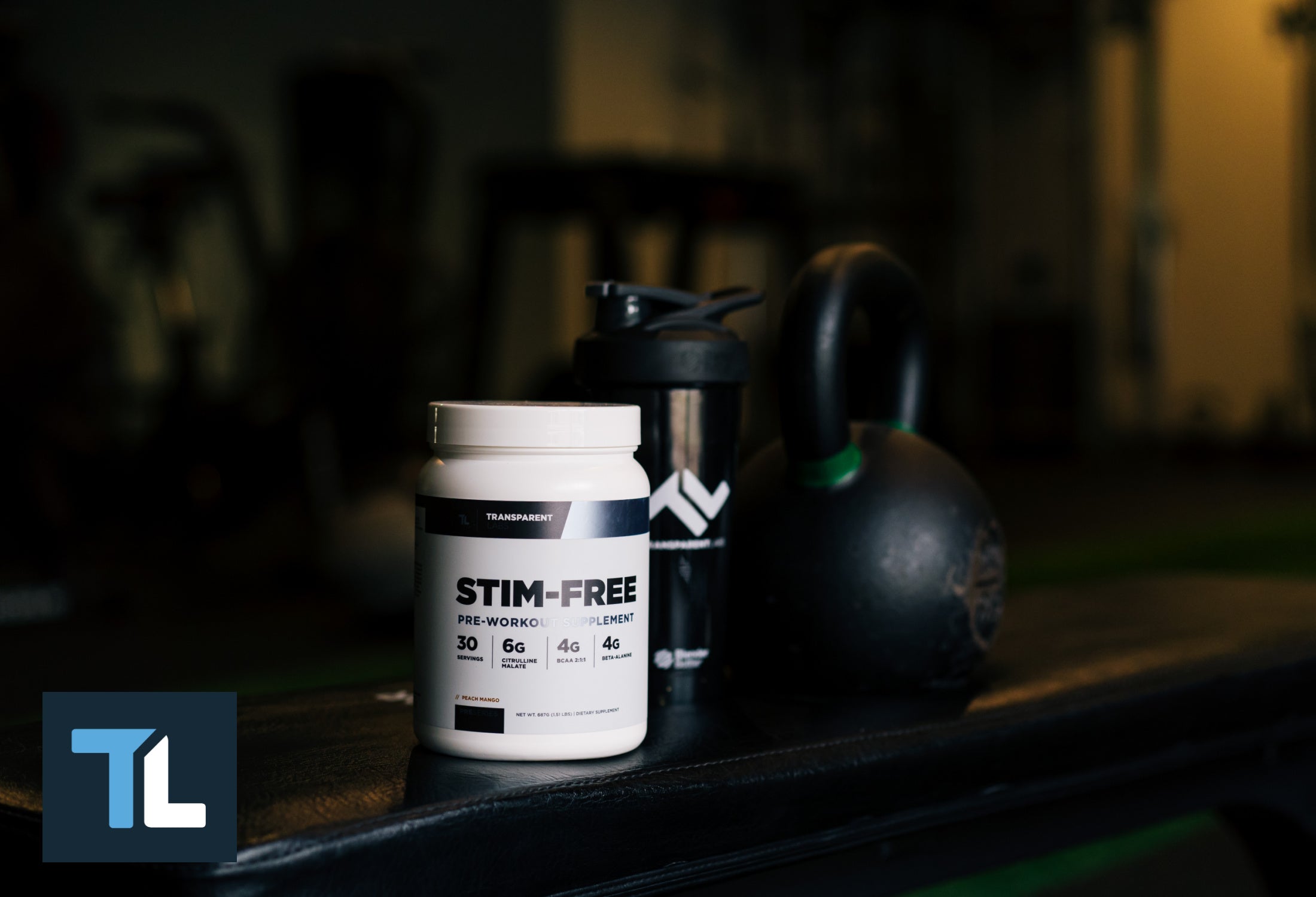Inside Your Supplements: Understanding Heavy Metals
Heavy metals such as lead, cadmium, arsenic, and mercury are naturally occurring elements found in the earth's crust. They’re not “mystery contaminants” deliberately added on purpose; instead, plants and crops absorb trace amounts from the environment through the soil, irrigation water, or air. Plus, there's a possibility of these elements being introduced during processing or packaging.
Recently, concerns have been raised about the safety of protein powder supplements due to the reported presence of heavy metals, including arsenic, cadmium, mercury, and lead, in various products on the US market by a Consumer Reports article. We welcome conversations around heavy metal testing in protein powders - because transparency and safety are the foundation of everything we do.
The Consumer Reports article analyzed a variety of different protein-containing products, like plant-based proteins, whey isolates, ready-to-drink beverages, and high-calorie mass gainers. It’s important to note that the products analyzed in the report were not directly comparable. Each of these products has distinct serving sizes, ingredient profiles, and flavors, which can affect heavy metal exposure.
Within dietary supplement raw materials, many ingredients are grown in soil, so trace amounts of heavy metals are quite common. Especially in ingredients like cocoa powder and plant-based proteins. For example, cocoa powder, often used in chocolate flavored products, is derived from cacao plants that can accumulate minerals from the soil. Since cocoa powder is essentially ground cocoa solids, the concentration of heavy metals measured per gram may be higher than in many other foods. Also, plant proteins, like those from rice, peas, and hemp can contribute cadmium and other metals to the diet due to soil uptake. The amount of these metals present depends on factors such as the type of crop, the region where it was grown, and agricultural practices used.
This all means different categories of dietary supplements and protein powders will inherently contain varying levels of heavy metals depending on their ingredients. The key is ensuring, through testing and transparency, that any heavy metals present do not surpass established safety limits.
For context, the FDA established interim reference levels (IRLs) to assess the maximum safety level of lead exposure from food. For adults, that number is 12.5 µg/day, and 8.8 µg/day for women of childbearing age. It’s important to note that California abides by a different set of heavy metal limits—this is outlined in Proposition 65. Prop 65 limits are 20x more stringent than national standards. For example, The Prop 65 MADL (Maximum Allowable Dose Level) for lead is 0.5 µg of lead per day. This value, set arbitrarily in 1989, is far more conservative than exposure levels considered a health concern according to current scientific research. It remains unchanged because Prop 65 is a political limit in California, not a scientific one.
Heavy Metals are Everywhere—Even in Real Food
It’s important to note that the dietary supplement industry isn’t the only source of heavy metal exposure (or even the major one)—people actually receive most of their exposure to these metals from the diet. To put things into perspective, here are a few examples of heavy metals in some common food ingredients compared with Transparent Labs Whey Protein Isolate, Milk Chocolate flavor:
| Food | Lead Content per Serving | Cadmium Content per Serving |
|---|---|---|
| Chicken Breast, Oven Roasted, Skin Removed | 0.023 µg | 0.031 µg |
| Quinoa, Cooked | 0.52 µg | 1.54 µg |
| Spinach, Raw | 0.544 µg | 18.87 µg |
| Sweet Potato, Cooked | 1.32 µg | 0.627 µg |
| TL Whey Protein Isolate, Milk Chocolate Flavor | 0.171 µg | 0.167 µg |
The Transparent Labs Testing Program
We built Transparent Labs on the principle that you deserve to know exactly what's in your supplements. That means more than just transparent ingredient labels; it means an uncompromising quality and testing program that extends through every stage of our sourcing, manufacturing and monitoring.
Raw Material Qualification and Supplier Vetting
Every Transparent Labs product starts with rigorously vetted raw materials. We work exclusively with reputable ingredient suppliers who can demonstrate that their ingredients meet or exceed established purity thresholds before they ever enter our manufacturing facility. Our raw materials are accompanied by a Certificate of Analysis that verifies their purity, identity, and contaminant levels.
Finished Product Testing
After ingredient qualification, we conduct finished-product testing on every blended production lot to ensure the entire finished product remains within our stringent limits for heavy metals and microbial safety. These tests are conducted by ISO/IEC 17025-accredited laboratories using validated methods such as Inductively Coupled Plasma Mass Spectrometry (ICP-MS) to detect trace levels of lead, cadmium, arsenic, and mercury down to parts-per-billion precision. We design our specifications to meet or exceed both FDA Interim Reference Levels (IRLs) and Prop 65, which ensures that our products are safe for use across all U.S. markets.
We also verify label accuracy to ensure that macronutrients, calories, and key active ingredients are included at their claimed dosage.
Continuous Monitoring
Another note is that we conduct continuous monitoring - meaning our testing program doesn't just stop at a product launch. Our products undergo frequent third-party verification for heavy metals and microbial safety to observe results over time and identify even minor shifts in raw material quality or environmental exposure.
Under current law (the Dietary Supplement Health and Education Act, DSHEA), this kind of continuous monitoring program isn’t required, but we choose to implement this step as a way to ensure ongoing safety and quality of our products are maintained.
If a Certificate of Analysis (CoA) ever indicates an out-of-specification result, our manufacturing and laboratory partners immediately flag it for internal review. We then determine whether the batch can be released with a Proposition 65 warning (as required by California law for California Residents) or whether it should be quarantined for further investigation. No product is shipped until the data confirm that it meets the safety and compliance standards we’ve established.
The Transparent Labs Promise—100% Transparency
We believe trust is earned through full transparency. As a commitment to this promise, we publish Certificates of Analysis (COAs) for every product we sell. You can easily verify the exact testing results for your product by searching your product name and flavor on our third-party testing page. The CoA will allow you to see purity, potency, and safety for a recent batch.
This way, consumers can independently verify our results—no request forms, no waiting, no fine print.
This practice is rare in the dietary supplements industry. We choose to go beyond the norm to raise the standard for third-party testing across the sports nutrition industry by providing an extra layer of customer assurance.
If you have any questions about a specific product here at Transparent Labs, how to interpret a Certificate of Analysis or any other questions, please don’t hesitate to reach out. We are more than happy to connect with you—support@transparentlabs.com

